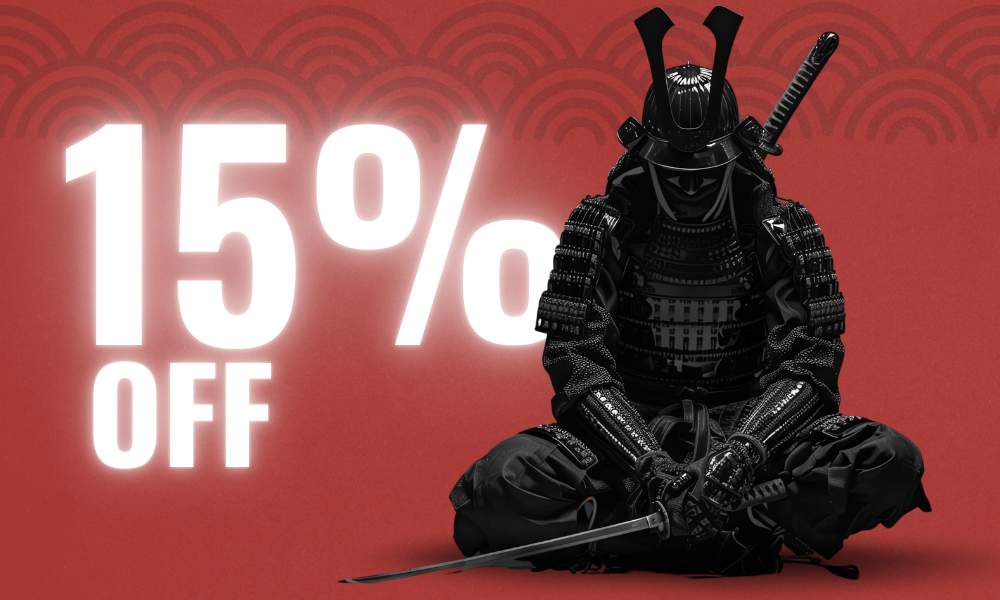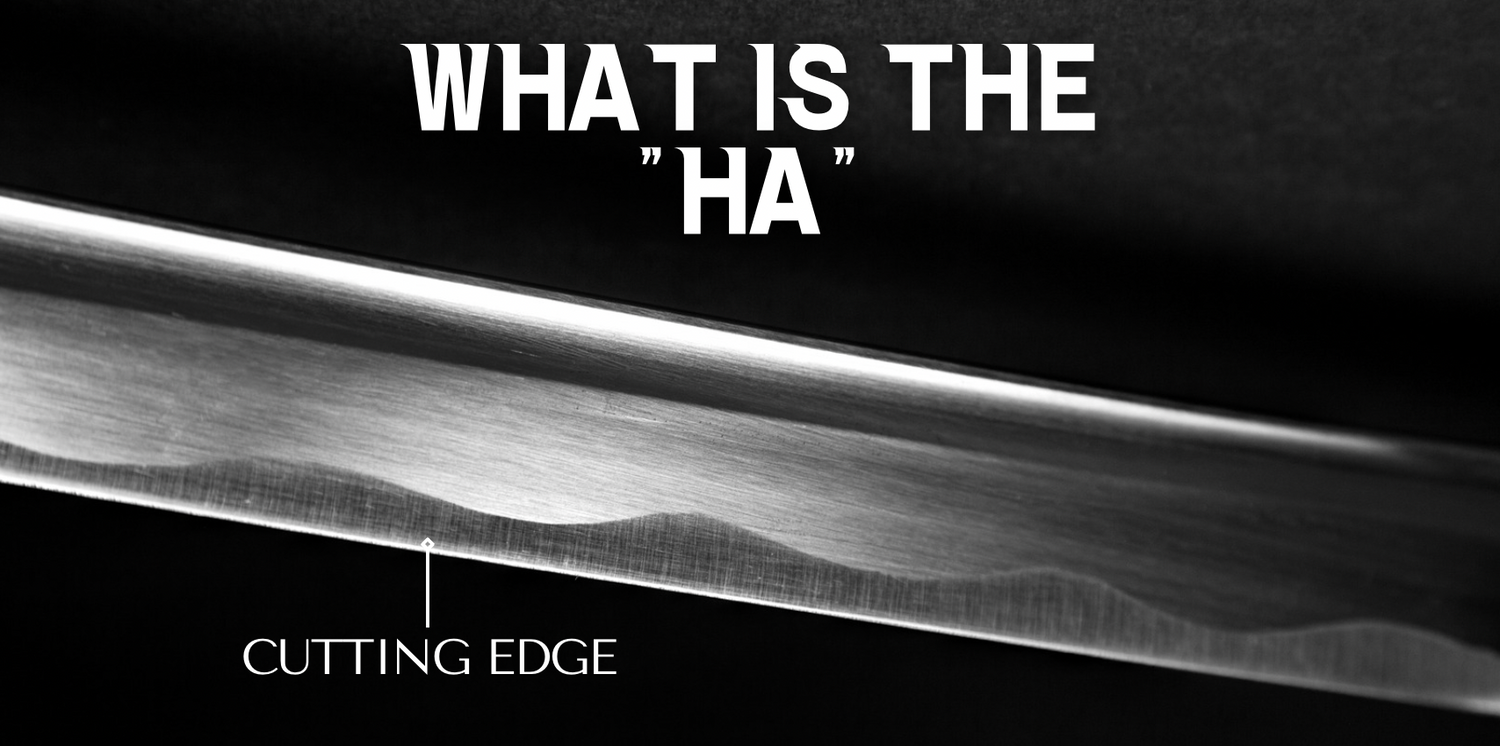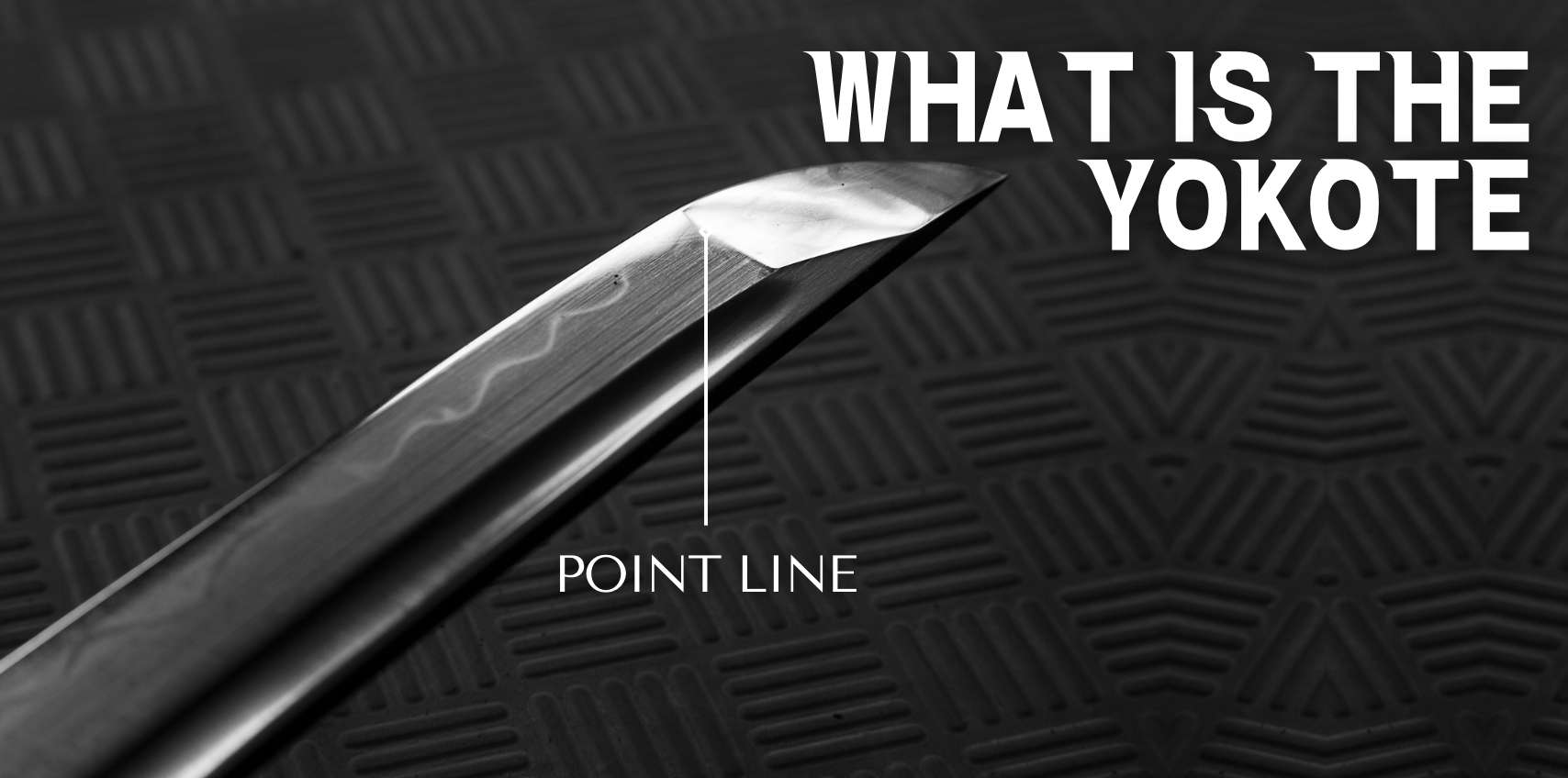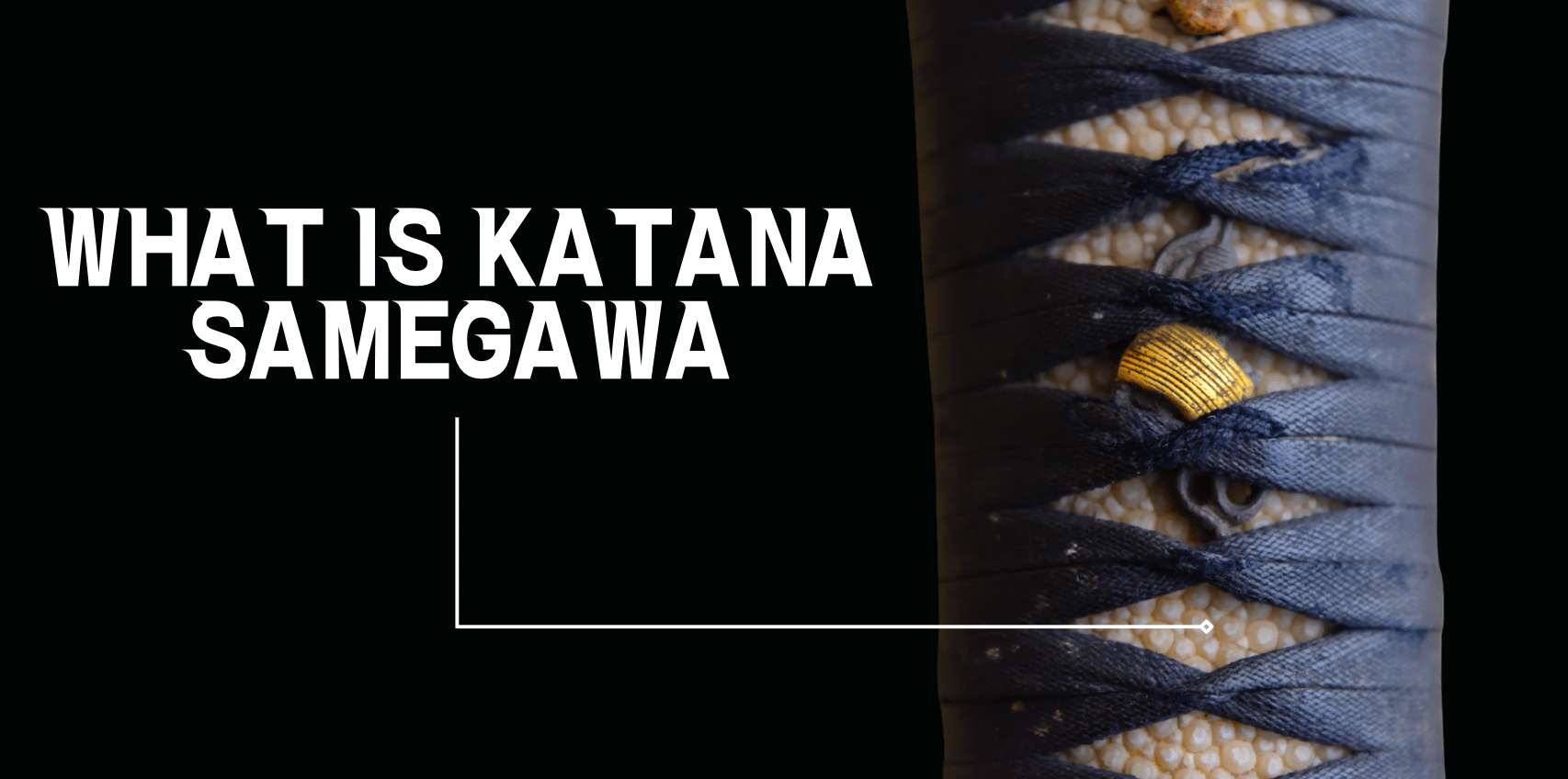
The ha katana or simply "ha" (刃), is the sharp cutting edge of the katana blade. It runs the full length of the sword, from the kissaki (tip) to the nakago (tang), and is one of the most vital parts of the katana. It is significantly harder and stiffer than the rest of the blade, thanks to the process of differential hardening. The hardness of the Ha is instrumental in defining the sword's cutting ability, often holding equal or even greater importance than the sharpness of the blade itself.
Every sword is a delicate equilibrium between sharpness and durability, both of which are crucial for optimal functioning. A blade that edges towards extreme sharpness and thinness risks easy breakage, underlining the pivotal role of balancing hardness with sharpness. The katana Ha is a testament to this balance, embodying the art of samurai sword crafting.
The ha katana is not complete until it undergoes the final process: polishing. This process brings out the hamon's beauty and gives the ha its razor-sharp edge. It requires a high level of expertise and can take several weeks to complete.
While the ha's primary purpose is to facilitate the cutting action, its design and structure are closely tied to the aesthetics of the blade. It is where the hamon (temper pattern) can be seen, a beautiful and intricate detail that is the mark of a genuinely hand-forged katana.
If you'd like to learn more about these Japanese sword icons, you can also read our article on the katana bohi.
Summary:
- The ha katana or ha is the sharp cutting edge of the katana, extending from the tip to the tang of the blade.
- The ha's role is not just functional but also aesthetic, as it is where the beautiful hamon (temper pattern) is visible.
- Crafting the ha involves a meticulous process of forging and polishing, requiring high skill and precision.





